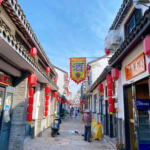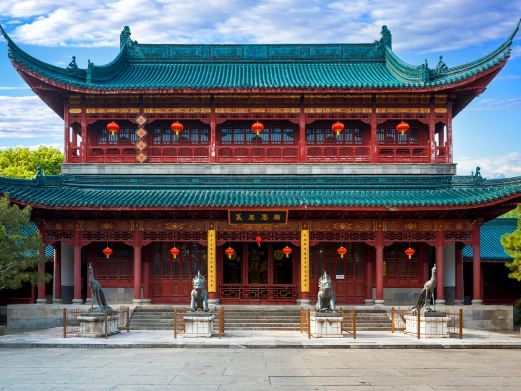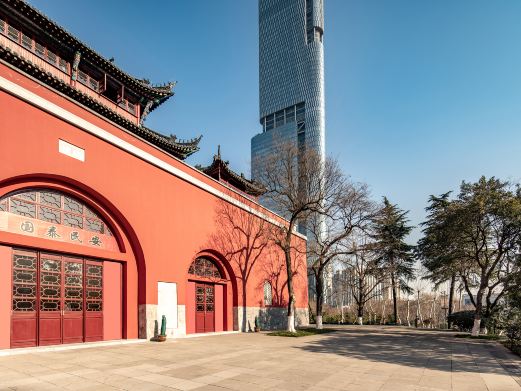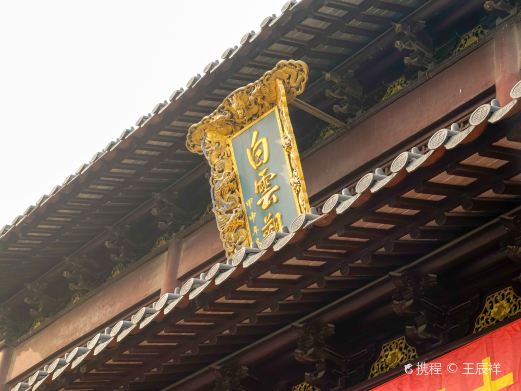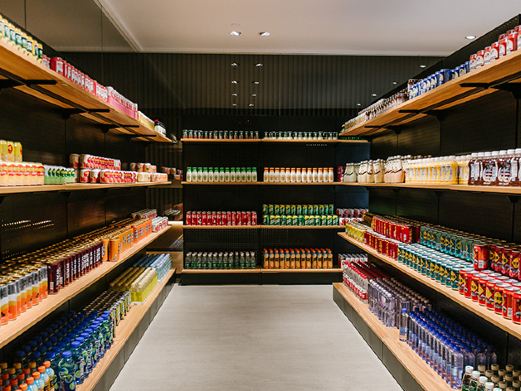Longhua Temple is an ancient Buddhist temple with a rich history spanning over 1700 years in the Shanghai area. The temple’s name is derived from the story of attaining Buddhahood under the dragon flower tree. The temple layout follows a central axis from south to north, including the Maitreya Hall, Mahavira Hall, Three Saints Hall, the Abbot’s Chamber within an enclosed courtyard, and the Sutra Pavilion, totaling six halls.
The Mahavira Hall exudes solemnity and reverence, with the front featuring three golden statues of Manjushri and Samantabhadra, while the back displays an exquisite statue of the Goddess of the Sea. The walls along the sides of the hall are engraved with twenty heavenly beings and sixteen arhats.

On the east and west sides of the temple, there are bell and drum towers respectively. There is an additional charge to ring the bell in the bell tower, while the drum tower houses a large drum with a diameter of 1.7 meters. The eastern and western wings of the temple house the Guanyin Hall and the Arhat Hall. Adjacent to the Three Saints Hall is the Ranxiang Tower and the Peony Garden.

Visitors to Longhua Temple can enjoy a vegetarian meal for a fee. The temple’s vegetarian noodles are particularly delicious, making it a must-buy for those who come to burn incense, often leading to long queues waiting for their meal. During the New Year, the temple hosts bell-ringing events to welcome the year, with many citizens participating in this tradition to pray for a year of peace. In March and April, the Longhua Temple Fair takes place, with a local saying, ‘On the third day of the third month, go to Longhua to see peach blossoms,’ as it is believed that this day marks the birth of Maitreya in the form of the Bag Monk.
Longhua Temple: A Historic Buddhist Sanctuary in Shanghai
Longhua Temple is an ancient Buddhist temple with a rich history spanning over 1700 years in the Sha[...]



